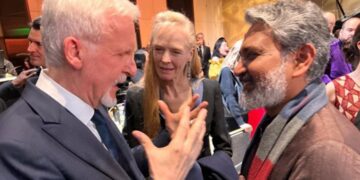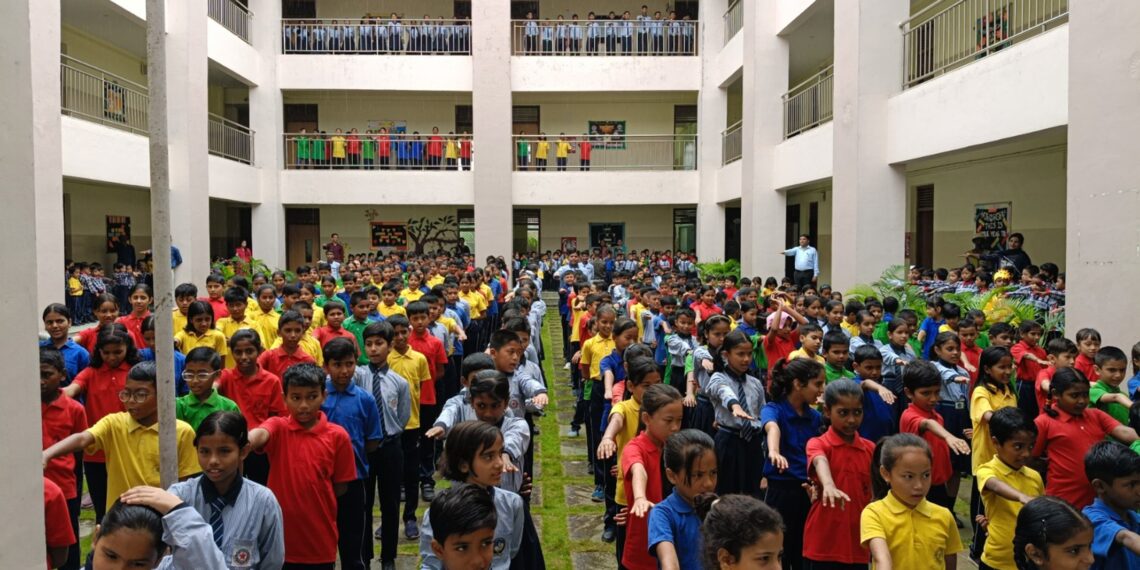Shillong: Meghalaya’s education sector is grappling with an imbalance in the number of schools relative to its population, according to Vijay Mantri, the state’s Commissioner & Secretary.
Speaking on Friday, Mantri highlighted that the state has an unusually high number of schools compared to regions with similar or even larger populations, leading to inefficiencies and underused resources.
“Meghalaya has an exceptionally high number of schools,” Mantri stated, pointing out that Tripura, which has a larger population, operates only a third of the schools in Meghalaya.
Similarly, Manipur, with a comparable population, runs just 4,617 schools.
The situation is further complicated by the state’s high proportion of aided schools, which make up 29% of the total—significantly higher than the national average of less than 5%.
Mantri compared Meghalaya’s education landscape to other states like Kerala, which, despite having a population roughly ten times larger, manages to operate the same number of schools (15,864).
Likewise, Himachal Pradesh, with its challenging terrain, runs 17,826 schools for a population of 68.64 lakh.
ALSO READ: Meghalaya: Umiam to Shillong road extension gets green light
The state’s overabundance of schools has led to many institutions with alarmingly low enrollment figures.
More than 206 schools report zero enrollment, while 2,269 schools have single-digit student numbers, raising serious concerns about the effectiveness of the education system in the state.
In addition to this, Mantri addressed the issue of double counting in government records, where a single school may appear multiple times due to receiving various grants.
This has artificially inflated the total number of schools, with the official count at 6,702, while the actual number of distinct schools is believed to be closer to 3,029.
Furthermore, the state’s complex system of government grants has added to the confusion.
Schools and colleges receive multiple funding streams, which often overlap and create inefficiencies.
Some of the major grants include those for deficits, ad-hoc funding, science, Hindi, and teacher-related allowances, all contributing to a complicated funding structure.
Mantri also noted the significant budget allocated to teacher salaries in both government and private schools, which totals Rs. 1,967 crores annually.
In higher education, the salary budget for lecturers in government and private colleges amounts to Rs. 218.68 crores each year.
To address these challenges, Mantri emphasised the need for a comprehensive review and reform of the state’s education infrastructure.
The focus should shift from merely increasing the number of schools to enhancing the quality of education provided.
Streamlining resources and improving efficiency across the sector will be key to ensuring that the state’s education system can better serve its students.















